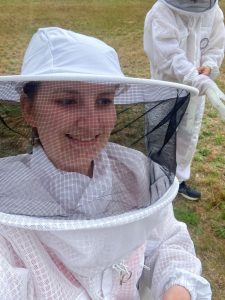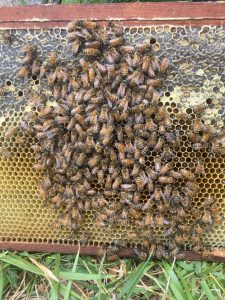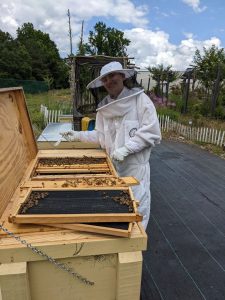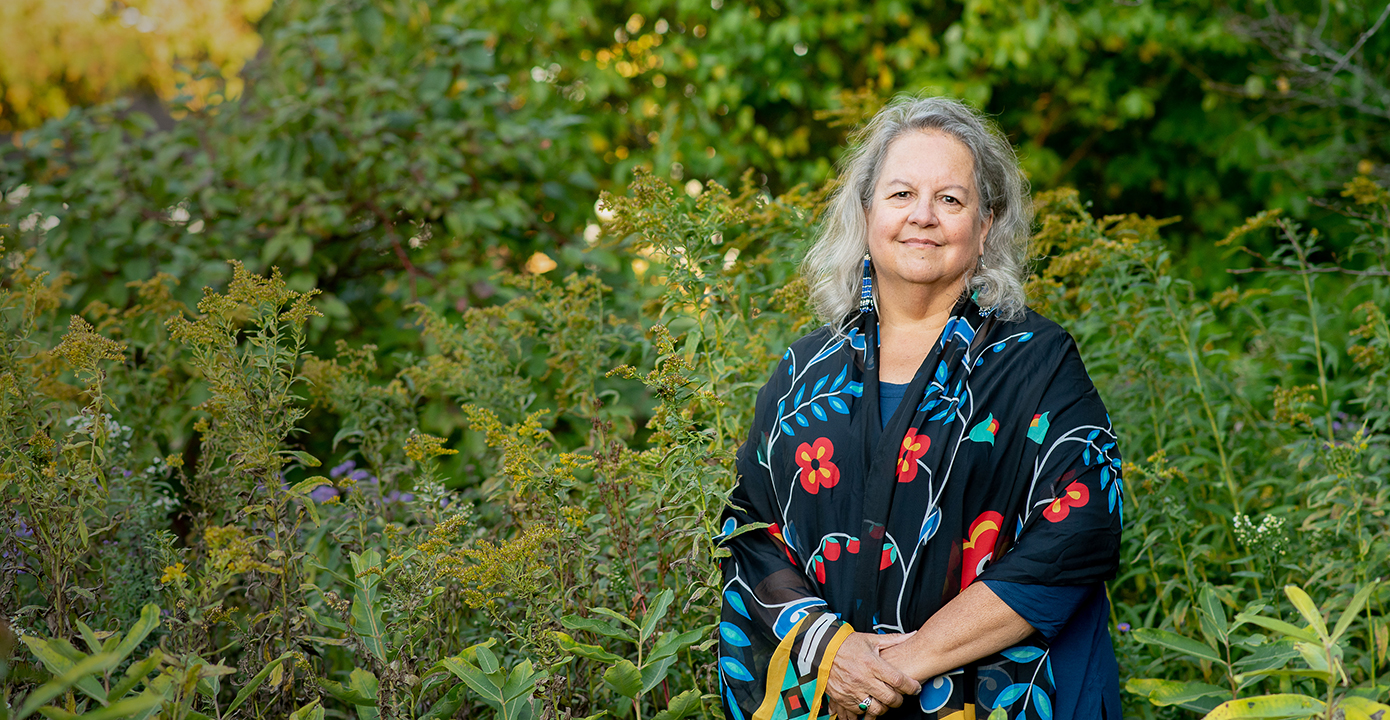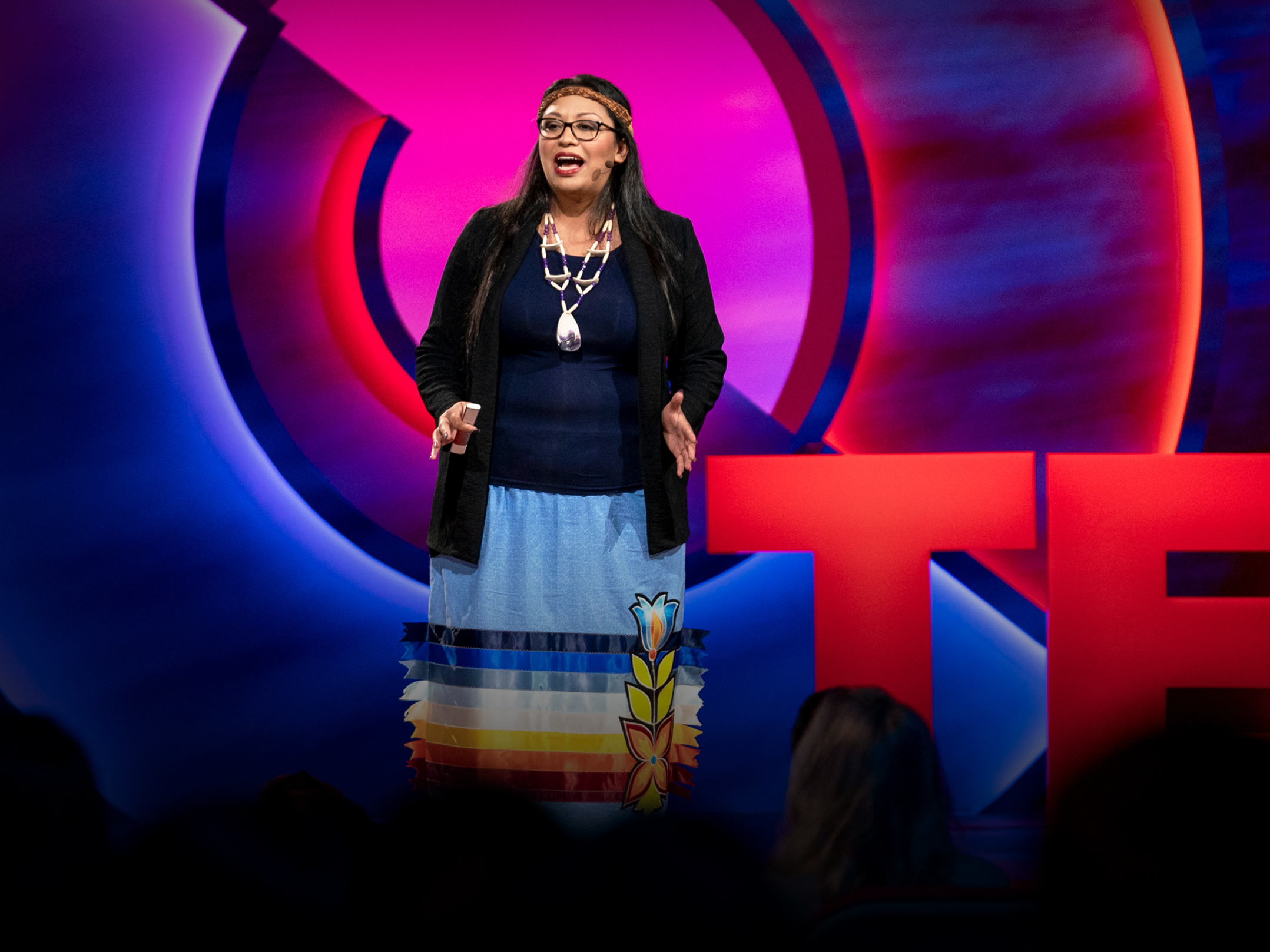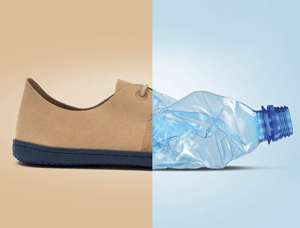For years I had wondered what the 5¢ or 10¢ on the back of the label on cans and bottles meant and why only certain states would be listed next to it. The dots started connecting when I would visit my family in Michigan and at least once during the trip, my cousins and I would make an errand run to the nearest bottle return with trash bags full of empty cans and bottles in the trunk of the car. For every empty can or bottle returned, my cousins would get ten cents, motivating them to collect empty beverage containers around the house after gatherings and stashing them away to make some cash later. Upon asking questions as to why they did this here and not where I’m from, I discovered that it was a program put in place to motivate Michiganders to recycle.
This kind of monetary incentive encourages the citizens of Michigan to recycle their bottles and reduce littering. There can be many different kinds of incentives in the world of sustainability (fees, taxes, etc) to motivate people and companies to follow sustainable practices. This specific incentive is put in place through the Bottle Deposit Law and was first implemented in Oregon in 1971. Its purpose was to reduce the amount of litter in the state and is still used today to encourage more people to recycle. Right now, only ten out of the fifty US states participate in the Bottle Deposit Law (Michigan, Maine, Oregon, Vermont, California, Hawaii, New York, Iowa, Massachusetts, and Connecticut), but Washington might be soon joining the list. It has been proven that this incentive drastically improves the amount of bottles/cans that get recycled in Bottle Deposit states versus non-Bottle Deposit states. The states with the law have a 60% beverage recycle rate while the rest only have a 24% beverage recycle rate. Not to mention, the growth of deposit centers increases job opportunities for those living in that area.
After working in Michigan last summer, I quickly got into the habit of keeping my empty soda cans and kombucha bottles hoping to get some extra cash for returning them. Upon returning to South Carolina, I had an unfortunate realization that I no longer have the incentive to take those empty cans to a bottle returns and neither did people in most of the states in the US. Of course, I still recycle, but I know that the culture around recycling in my hometown is much different than it is in Michigan. It’s not only about the incentives, but also the convenience factor that encourages people to recycle. Bottle return centers are abundant in the states that have the Bottle Deposit Law, but for many states that don’t have it, recycling can be a hassle specifically on college campuses. Furman’s campus doesn’t have many options for where to go to recycle, but in the Greenbelt community, both cabins have their own recycling bins outside of it and a recycling drop off by the farm entrance. After experiencing the difference in a Bottle Deposit state versus South Carolina, it is certainly something that should be implemented in every state to increase individuals’ recycling habits.
Sources:
https://statecapitallobbyist.com/environment/state-bottle-bills-2023-update/
https://www.container-recycling.org/index.php/issues/bottle-bills#:~:text=Did%20you%20know%20that%20states,only%20reach%20about%2024%25%3F
https://www.csrwire.com/reports/724196/report-ranks-50-us-states-recycling-performance-assesses-impact-deposit-return
